As I strolled through the colourful streets of Tokyo, I couldn’t help but be drawn to the warm glow of lanterns tucked away between modern skyscrapers. These lantern-lit Tokyo alleys, or yokocho, are an enchanting window into the city’s past, offering a uniquely nostalgic experience unlike any other. Yokocho are the heart and soul of Tokyo’s nightlife, where old-school eateries and bars come alive, inviting you to step back in time and indulge in the simpler pleasures of life.
Yokocho are narrow, atmospheric alleyways filled with cosy izakayas and restaurants, where you can savour Tokyo street food while mingling with salarymen, locals, and fellow travellers. These Tokyo alleys are the perfect setting if you’re wanting to immerse yourself in the essence of Japanese drinking culture. Expect a casual and affordable night out that’s perfect for bar-hopping solo or with a small group of friends.
As I explored the many yokocho that Tokyo has to offer, a few stood out as must-visit destinations, such as the charming Nonbei Yokocho in Shibuya, bustling Ebisu Yokocho, the legendary Golden Gai, and nostalgic Omoide Yokocho.
There are plenty of more yokocho in Tokyo including the cool Shinbashi Yurakucho Gado-shita, lively Sankaku Chitai in Sangenjaya, and the unique Harmonica Yokocho in Kichijoji. What you will find most interesting is that each yokocho has its own distinctive charm and character.
My journey through Tokyo’s yokocho was an unforgettable adventure, and I can’t wait to share my experiences with you. In this article, we delve into the heart of Tokyo’s nightlife and discover the magic of these enchanting Tokyo alleyways.
Nonbei Yokocho
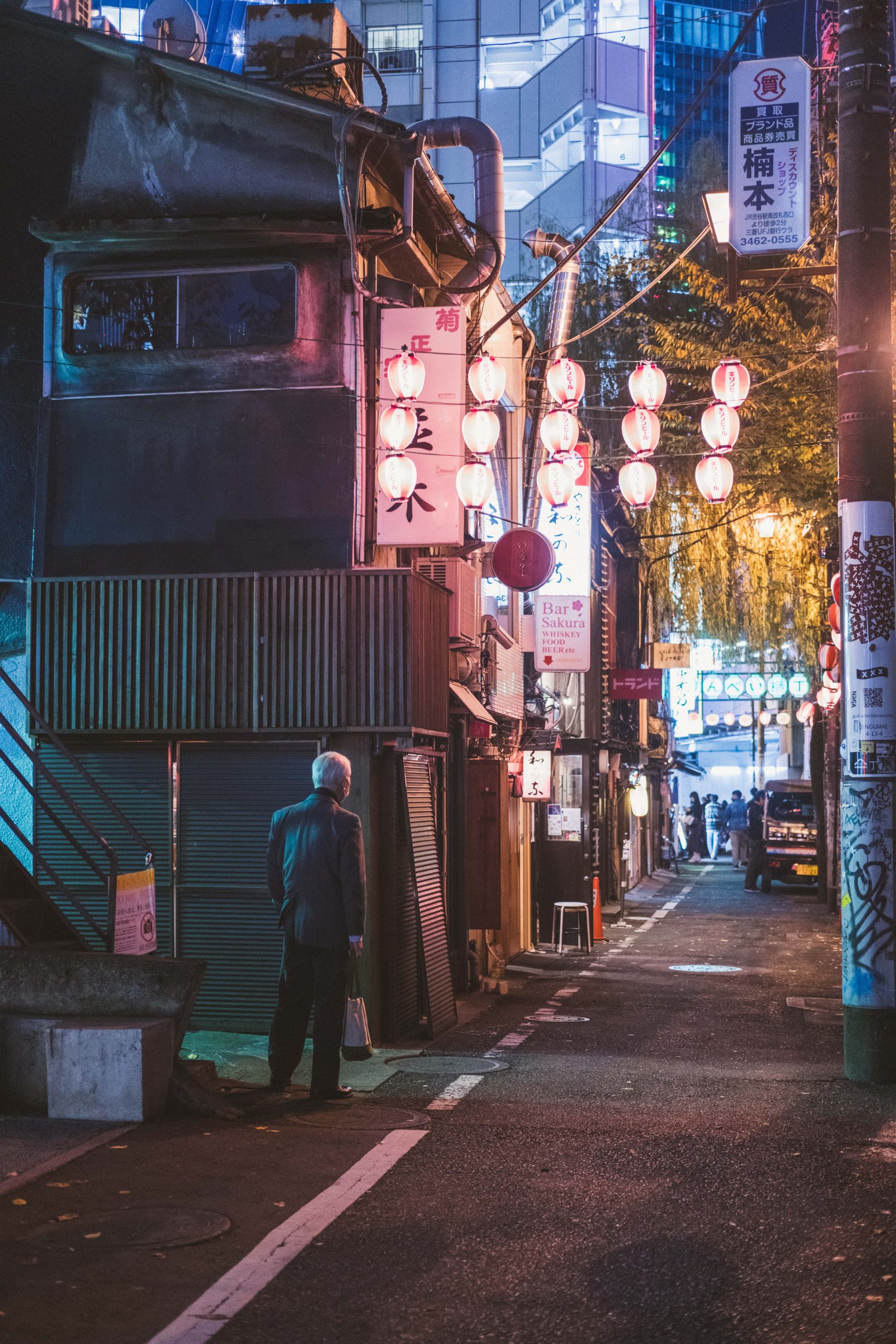
The enchanting Shibuya Nonbei Yokocho, or Drunkard’s Alley is nestled in the heart of Shibuya. You will walk down narrow alleyways adorned with glowing lanterns and lively signs, which make Nonbei Yokocho have a distinctive Showa atmosphere.
There are 38 cozy izakayas and hole-in-the-wall bars, each with its own unique character and atmosphere. These intimate establishments typically seat no more than five-ten patrons at a time, allowing for a warm, personal experience where you can effortlessly strike up conversations with locals.
You will find sashimi, seasonal cooking, a french bistro, yakitori, fish and more. The drinks menu is just as extensive, featuring Japanese classics like sake, shochu, and beer, as well as a selection of expertly crafted cocktails. Prices are affordable, allowing you to sample a variety of dishes and drinks without breaking the bank. In Nonbei Yokocho you will even find a karaoke bar called Hime.
Address: 1 Chome-25 Shibuya, Tokyo 150-0002, Japan
Website
Ebisu Yokocho
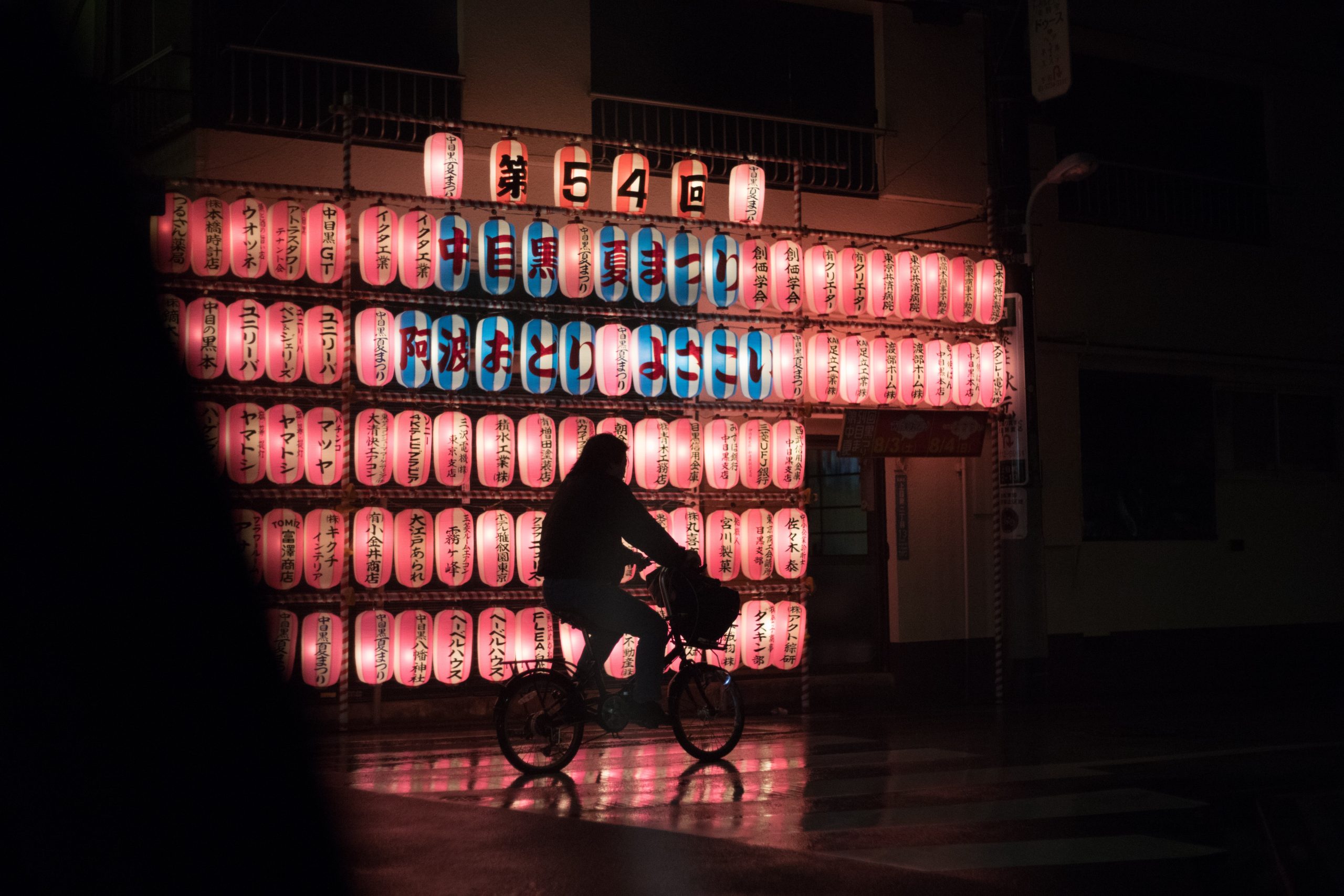
Located in the sophisticated Ebisu neighbourhood, Ebisu Yokocho is now well known among the young Tokyo crowds. As you enter Ebisu Yokocho, you’ll be greeted by a colourful array of neon signs and glowing red lanterns, inviting you into a world of izakayas and convivial eateries.
Much like all Tokyo alleys, Ebisu Yokocho has an intimate setting with bars and eateriers sitting no more than a dozen people. Ebisu Yokocho was once frequented by middle-aged salarymen seeking a post-work drink, but the alley has now evolved into a popular gathering spot for younger crowds.
This colourful alleyway offers an eclectic mix of culinary treats, from traditional yakitori and hotpots to sushi and sashimi. Just a stone’s throw from Ebisu Station in Shibuya ward, this covered street is a perfect Tokyo yokocho for travellers.
During peak evening hours, Ebisu Yokocho can become quite crowded, so be prepared to wait for a table. But the lively atmosphere and opportunity to mingle make it well worth the wait.
Address: 1 Chome-7-4 Ebisu, Shibuya City, Tokyo 150-0013, Japan
Website
Golden Gai, Shinjuku
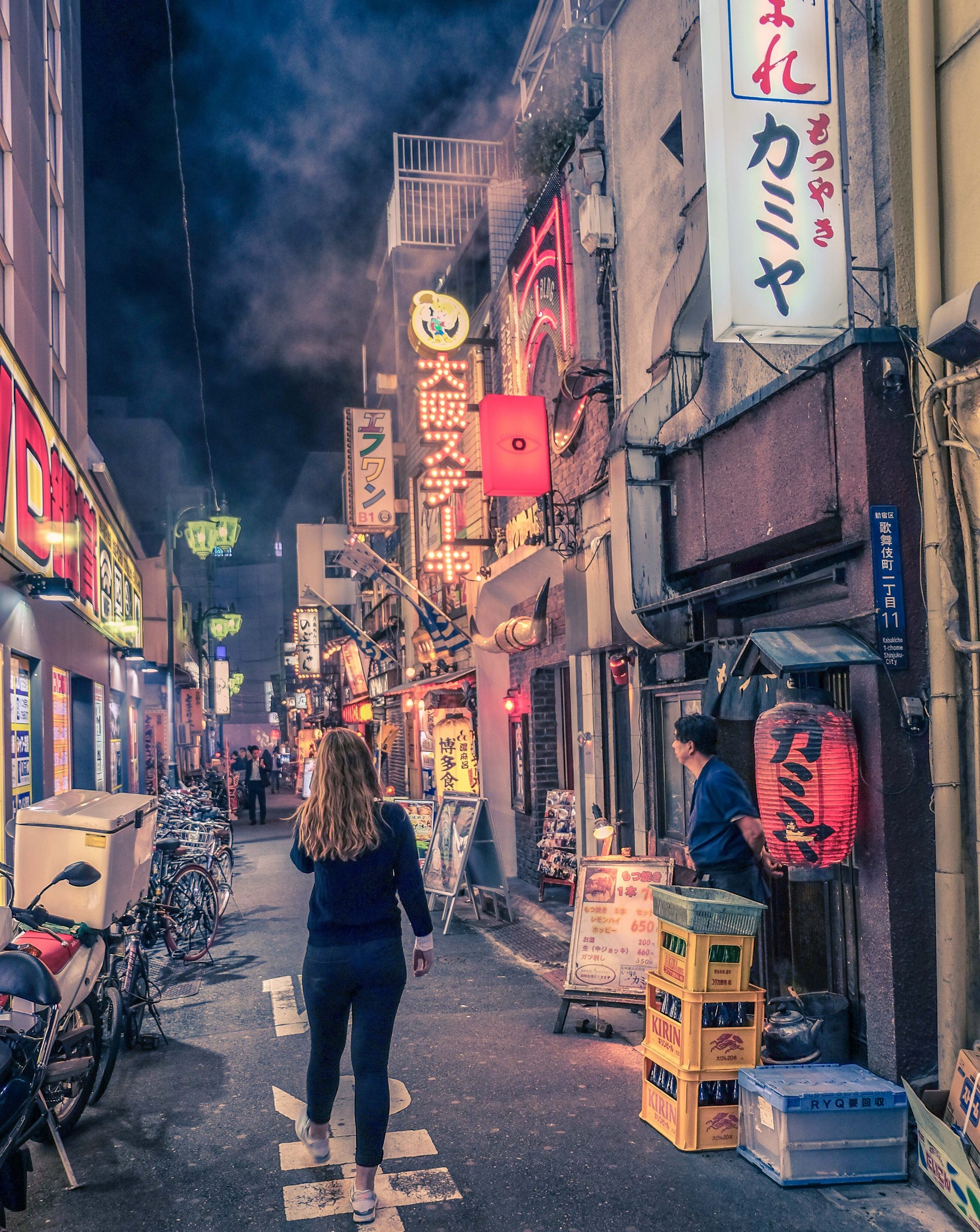
Tucked away in the red district of Kabukicho in Shinjuku, you’ll find the captivating Shinjuku Golden Gai. This unique area, a labyrinth of six narrow alleys connected by even narrower passageways, is home to over 200 tiny bars, clubs, and eateries. These small establishments offer an intimate glimpse into Tokyo’s past, when the city’s landscape was filled with narrow lanes and compact two-story buildings.
Golden Gai is surrounded by modern high-rise developments, while the area preserves the essence of the city before its rapid transformation during Japan’s “economic miracle” of the 20th century. The alleys, lined with ramshackle buildings that nearly touch each other, are dimly lit, giving the area a nostalgic and slightly scruffy atmosphere.
The bars in Golden Gai are celebrated for their artistic connections, attracting a diverse clientele of musicians, artists, directors, writers, academics, and actors, including numerous celebrities. While some establishments cater exclusively to regular customers, others warmly welcome newcomers and tourists, with some even displaying English signs and price lists to attract international visitors.
Golden Gai is just a short walk from the East Exit of Shinjuku Station.
Good to know: The alleys In Golden Gai are private roads and shooting photographs and video for all purposes is prohibited without permission of the area’s business promotion association.
Address: Japan, 〒160-0021 Tokyo, Shinjuku City, Kabukicho, 1 Chome−1−6 2F
Website
Omoide Yokocho
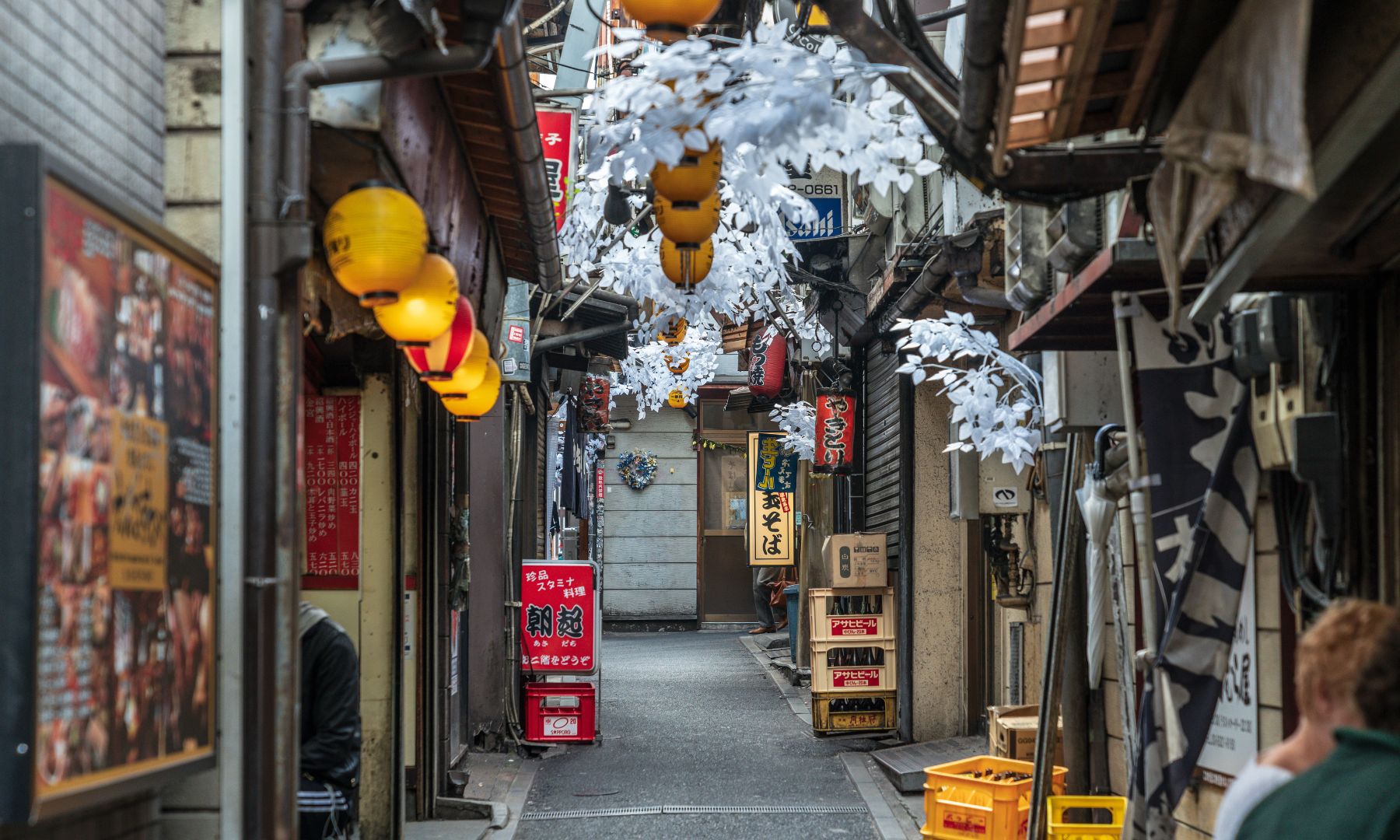
Nestled in the heart of Shinjuku, Omoide Yokocho, also known as Memory Lane or Piss Alley, is one of the most popular Tokyo yokocho. Contrary to its unappealing nickname, this narrow street lined with around 60 small bars is a charming and atmospheric destination, rich in history and authenticity.
Dating back to post-war Tokyo in the 1940s, Memory Lane was once a haven for black market traders selling essential goods that were scarce during that time. Over the years, the alley transformed from a shadowy marketplace to a collection of permanent structures. In 1999, a fire ravaged the area, leading to its reconstruction and the adoption of its modern name, Memory Lane.
Nowadays, the area is frequented by locals, including salarymen, looking for a delicious and affordable meal. As a tourist attraction, it offers visitors a chance to experience Tokyo’s local dining scene especially well known for its delicious yakitori.
Some establishments offer English menus, but don’t be afraid to venture into the unknown. I do recommend joining a food tour for a proper experience here.
Address: 1 Chome-2 Nishishinjuku, Shinjuku City, Tokyo 160-0023, Japan
Website
Sankaku Chitai
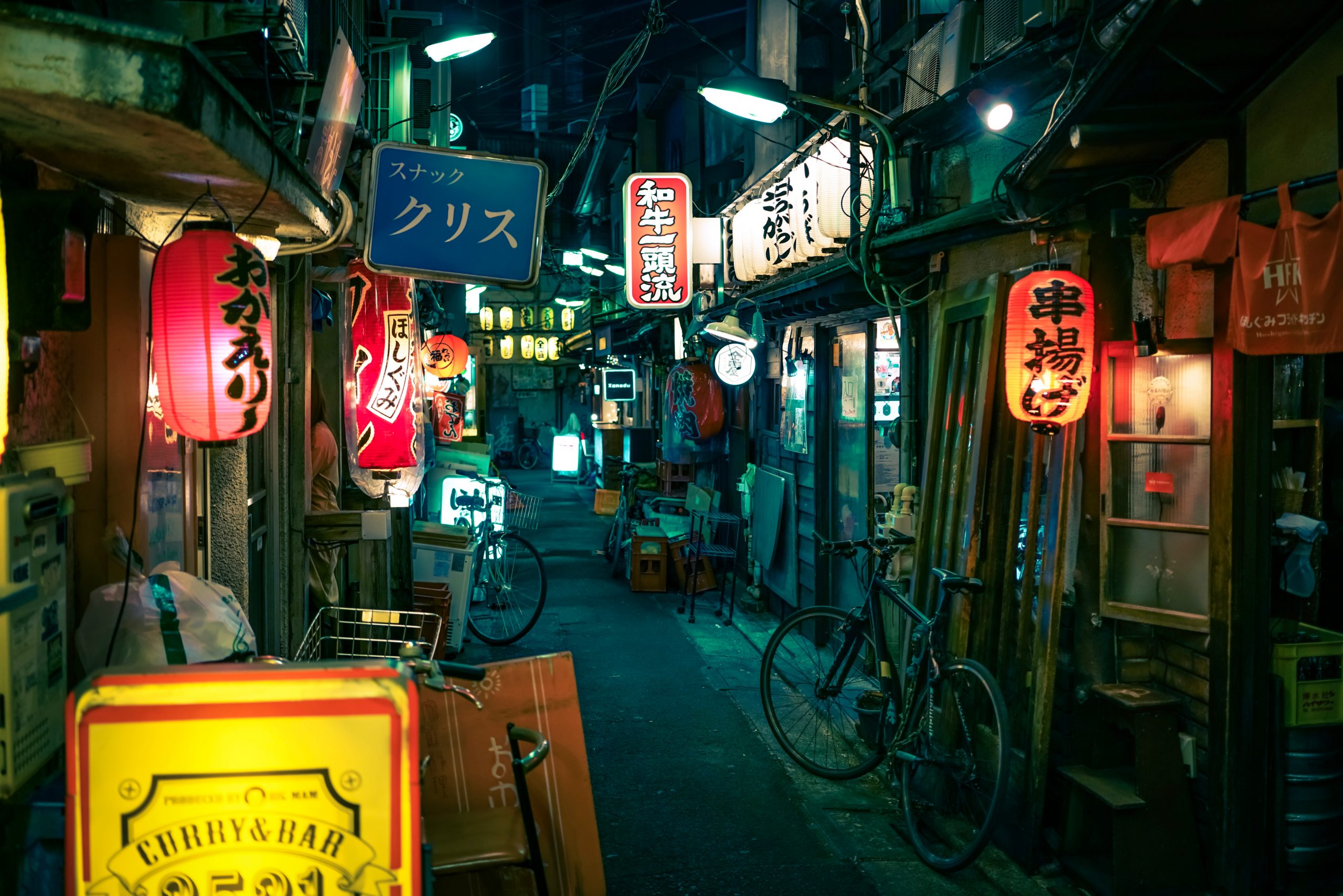
Sankaku Chitai is an off the beaten path yokocho in the quaint neighbourhood of Sangenjaya.
Never heard of it before? No worries, it’s time to add it to your Tokyo itinerary. Sangenjaya is located on the outskirts of Shibuya, and it’s a charming area with a mix of modern commercial buildings and older residential structures. To reach Sankaku Chitai, take a 2-3-minute walk from Sangenjaya Station, which is accessible via the Tokyu Den-en-toshi and Setagaya lines.
Sankaku Chitai is a yokocho with its numerous shops situated close to one another, making it perfect for bar-hopping and sampling various food options.
The ‘triangle’ of Sangenjaya is characterized by its maze-like alleyways with closely knit pubs. The area is seeing a diverse clientele of all ages, and it features an eclectic mix of new and traditional establishments, including your typical yakitori joints.
Harmonica Yokocho
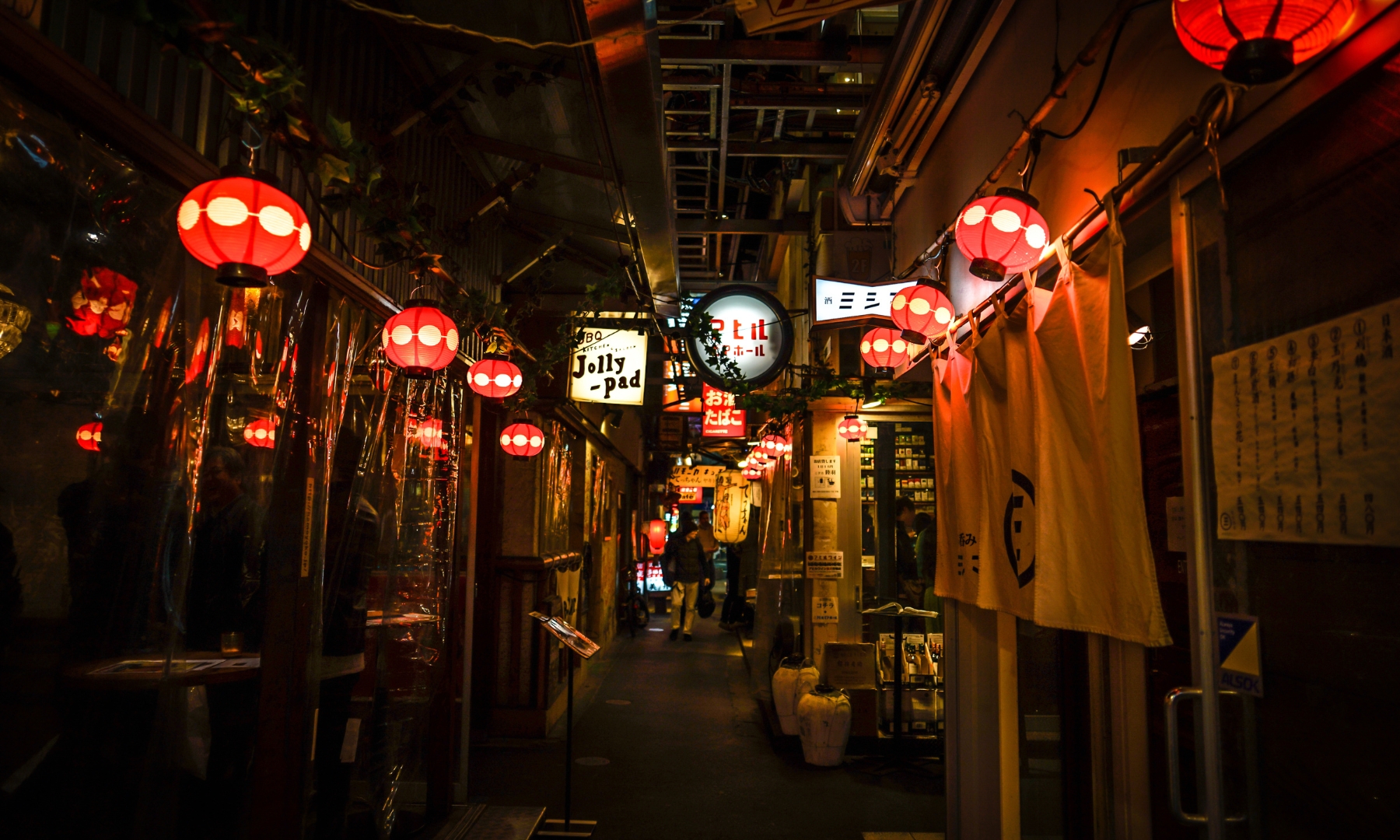
Harmonica Yokocho, also known as Harmonica Alley, is a network of covered lanes located on the north side of Kichijoji Station. The area was originally a flea market after World War II and has since transformed into a unique dining and shopping destination. The alley is named for its narrow, harmonica reed-like structure at its entrance.
During the day, Harmonica Alley is perfect for a shopping experience with clothing stores, traditional sweets makers, and a fishmonger that has been in operation since the Showa era. At night, the area comes alive with red lanterns, after-work drinks, trendy standing-only bars, and small, high-quality eateries.
Look out for the bright yellow sign reading Harmonica Yokocho which hangs above the north corner of Heiwa-Doori street, directly in front of the north exit of Kichijoji Railroad Station.
Ameyoko
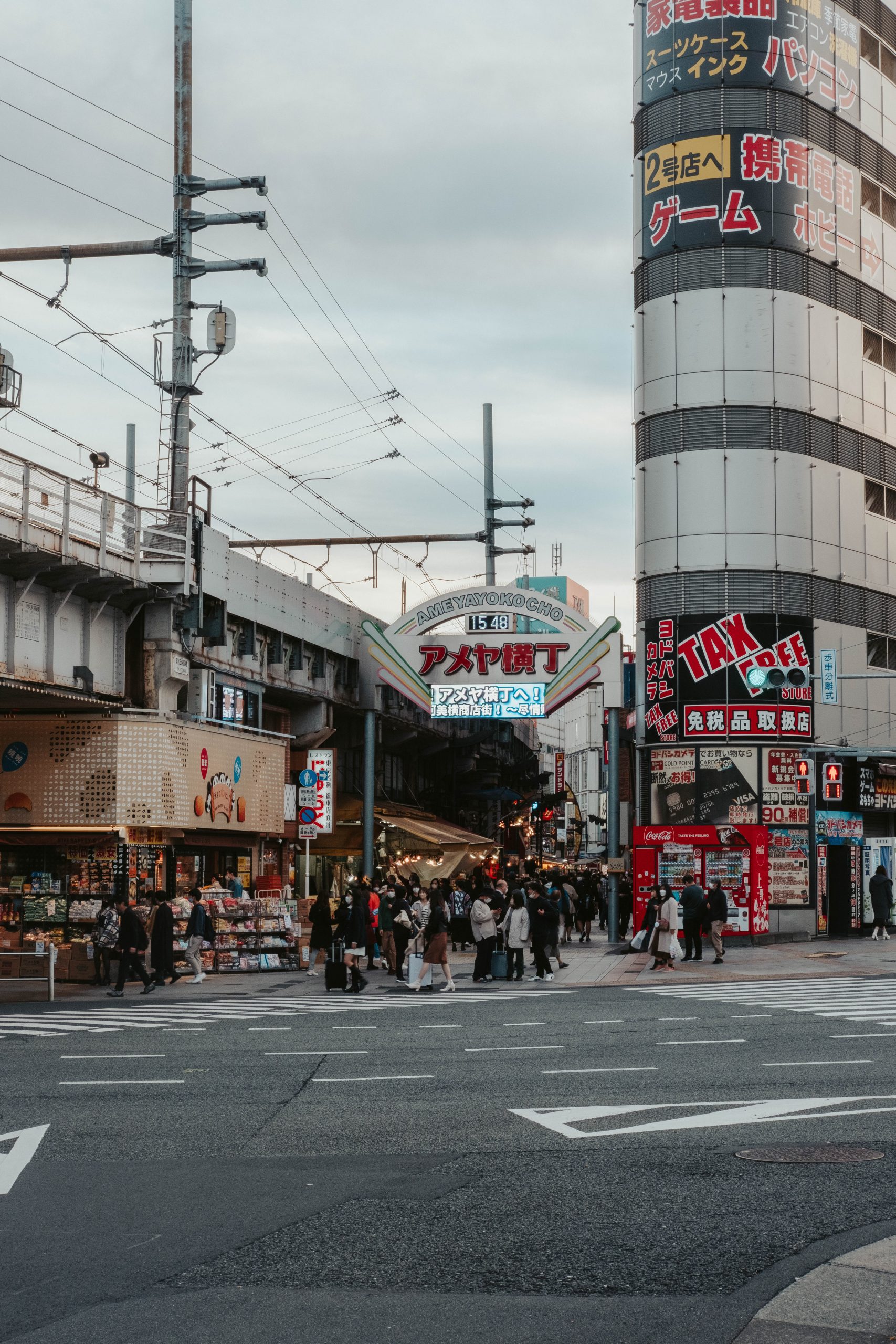
Ameyoko, short for “Ameya Yokocho” is a lively market street in Tokyo, situated between Okachimachi and Ueno stations along the Yamanote Line. Its name has two possible origins: “Ameya” (candy store), as candies were traditionally sold here, or “America” as the street once hosted a black market for American products after World War II.
Today, Ameyoko is an amazing shopping area covering approximately 164,227 square feet (15,257 m2) and housing over 250 shops. You can find a wide range of products, including clothes, bags, cosmetics, fresh fish, dried food, and spices. These garments are popular Japanese souvenirs and serve as a reminder of the shopping street’s black-market origins.
The market is particularly busy during late December when locals buy ingredients for traditional Japanese New Year foods.
Ameyoko retains its shitamachi atmosphere, characterized by a slightly untidy, commercial, and crowded environment.
Address: 6 Chome-10 Ueno, Taito City, Tokyo 110-0005, Japan
Website
Hoppy Dori
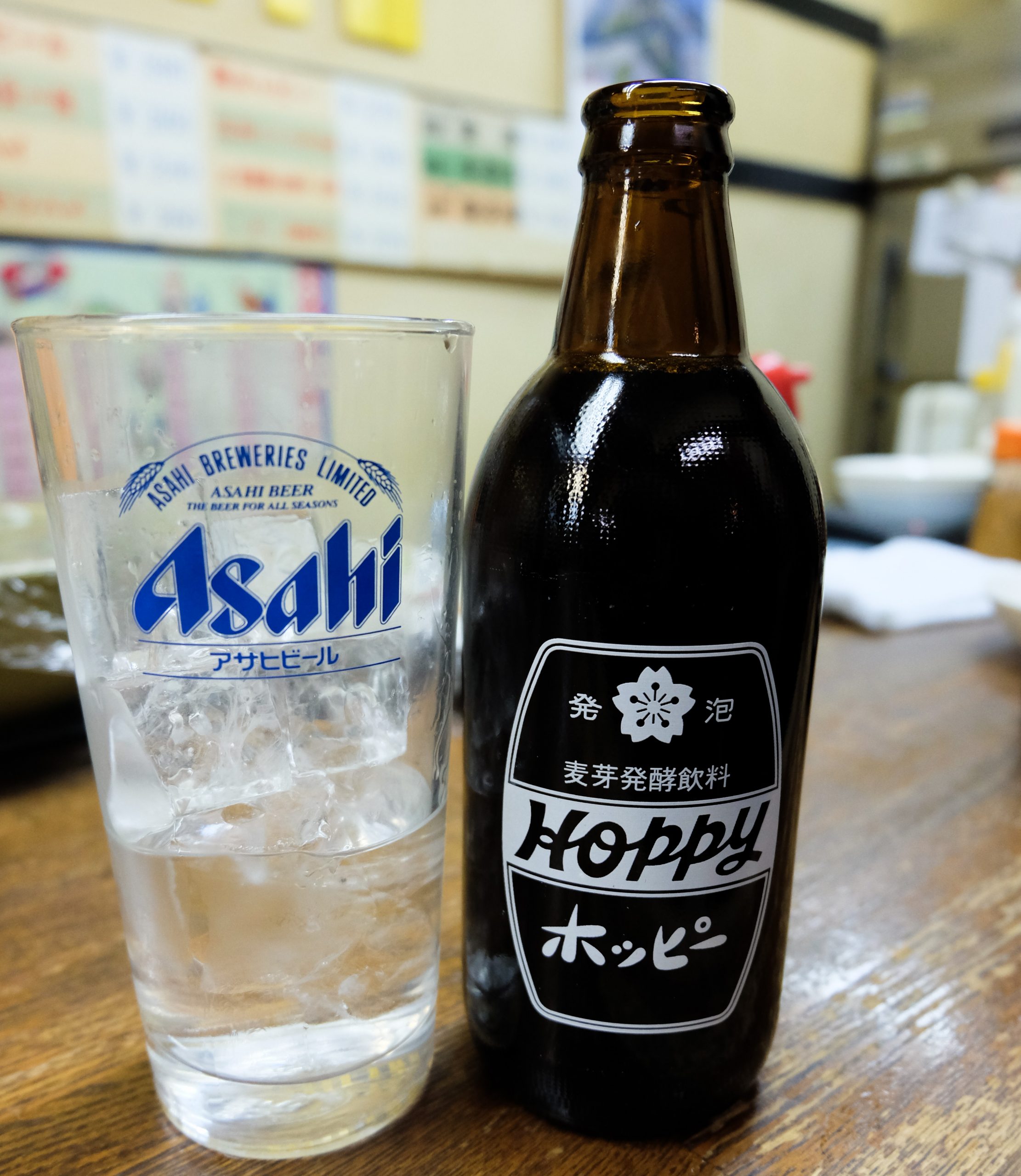
Hoppy Dori is located west of Sensoji Temple in Asakusa and a well known spot for affordable dining and drinking. This 80-meter-long street is lined with izakayas so you will find plenty of food stalls. Hoppy Dori or Hoppy street is named after a drink called hoppy that’s a low-alcohol, beer-like beverage. I’ve actually tried Hoppy during a cool pub crawl in Tokyo and loved it!
The street was a popular gathering place for locals during post-war times when beer was a luxury so they had to resort to well, Hoppy. Today, Hoppy mixed with shochu (a stronger distilled alcoholic beverage) is considered a nostalgic drink and part of local culture.
The street has another name “Nikomi Dori” (Stew Street). You can expect that most izakayas on Hoppy Dori serve nikomi, a cheap stew made from beef tendons, vegetables, and other ingredients.
Address: 2 Chome-3-19 Asakusa, Taito City, Tokyo 111-0032, Japan
Sanchoku Yokocho, Yurakucho
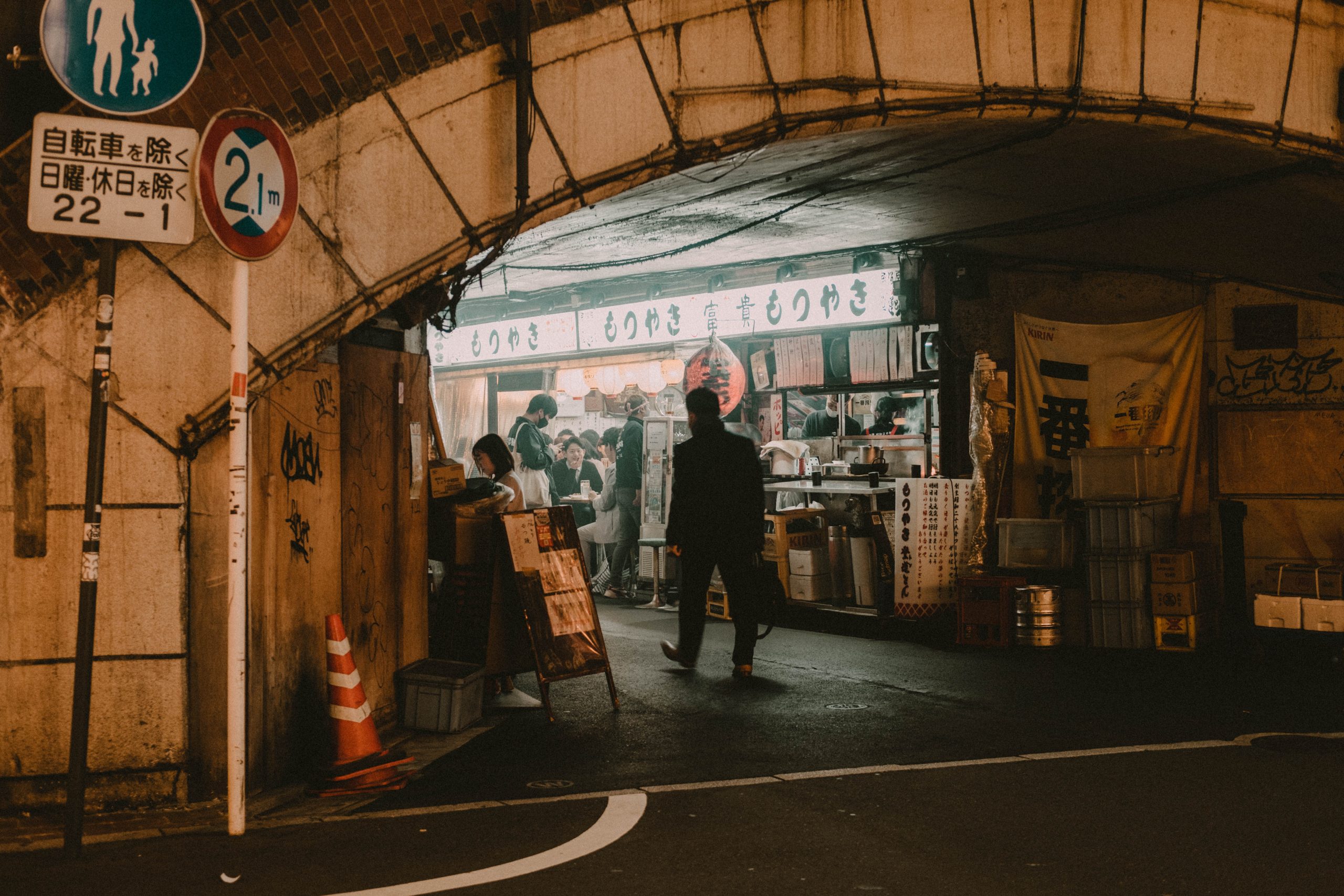
Sanchoku Inshokugai is located under the railway arches (called “gado-shita”) near Yurakucho Station. This small area has been offering regional specialties since 2010 and it has a small cluster of 11 unique izakayas which provide a range of dishes made with locally sourced ingredients from different regions of Japan. If you want to eat your way around Japan without leaving Tokyo, this is the place for you.
Most of the establishments are open 24 hours. This charming, old-fashioned space attracts both neighborhood salarymen and tourists alike. It’s worth noting that this is quite a local hotspot so don’t expect menus in English here.
Address: 2 Chome-1-1 Yurakucho, Chiyoda City, Tokyo 100-0006, Japan
Check the official website to see the types of food you can expect here.
Koenji Gado-Shita
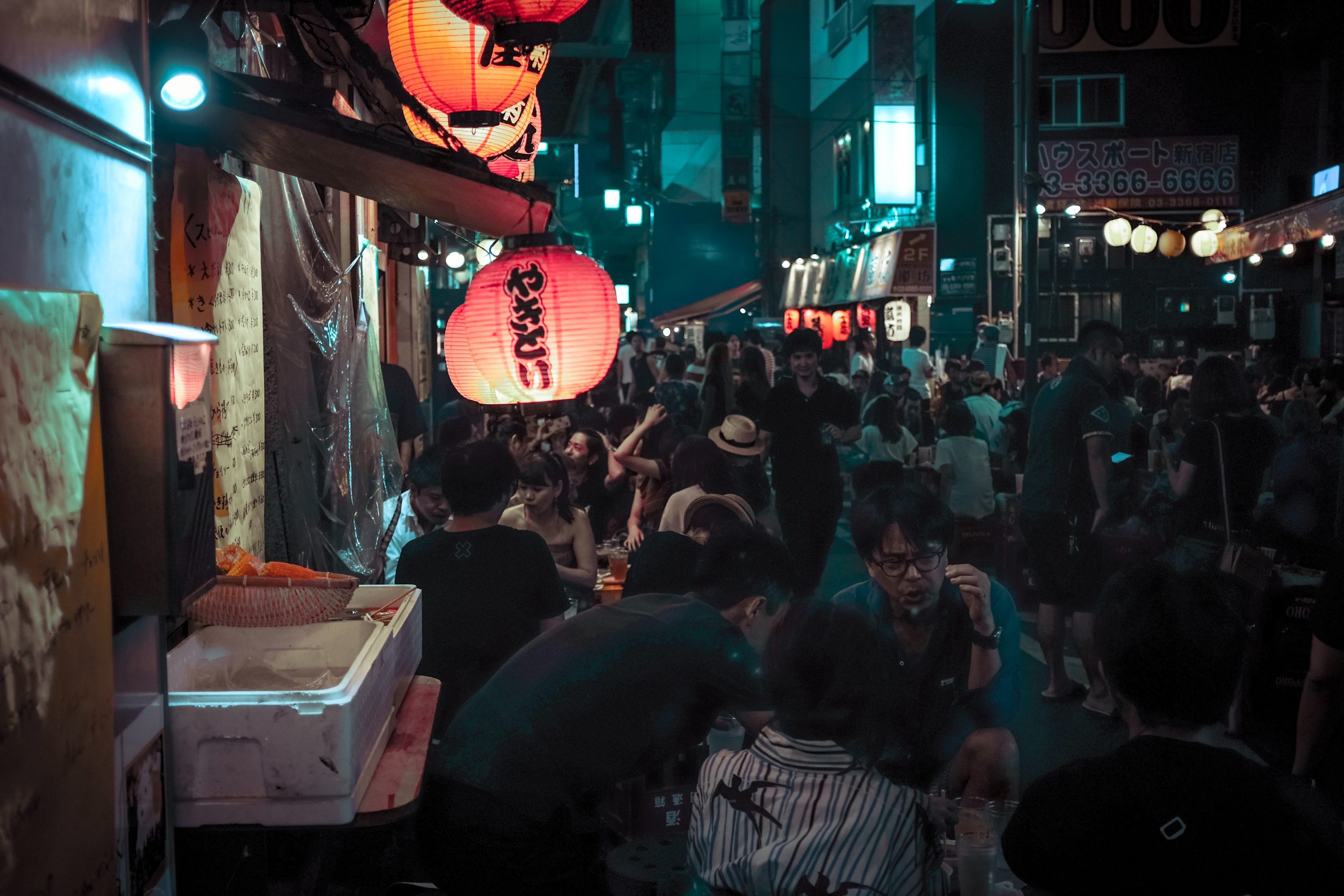
The Gado-Shita in Koenji is a unique, authentic, and charming backstreet alley located in the bohemian Koenji neighborhood in western Tokyo. The Gado-Shita area near Koenji Station is known for its collection of affordable eateries and izakayas that are popular with locals for late-night snacks and drinks, especially in the summer. This makes it one of the most authentic backstreet alley experiences in Tokyo.
Located in an underpass on the west side of Koenji Station, the area can be accessed from the North Exit of the station. Once the sun sets, the neighborhood comes to life. The area becomes especially popular during the Kōenji Awa-Odori in the summer.
Address: 4 Chome-48-2 Koenjiminami, Suginami City, Tokyo 166-0003, Japan
Higashiguchi Yokocho
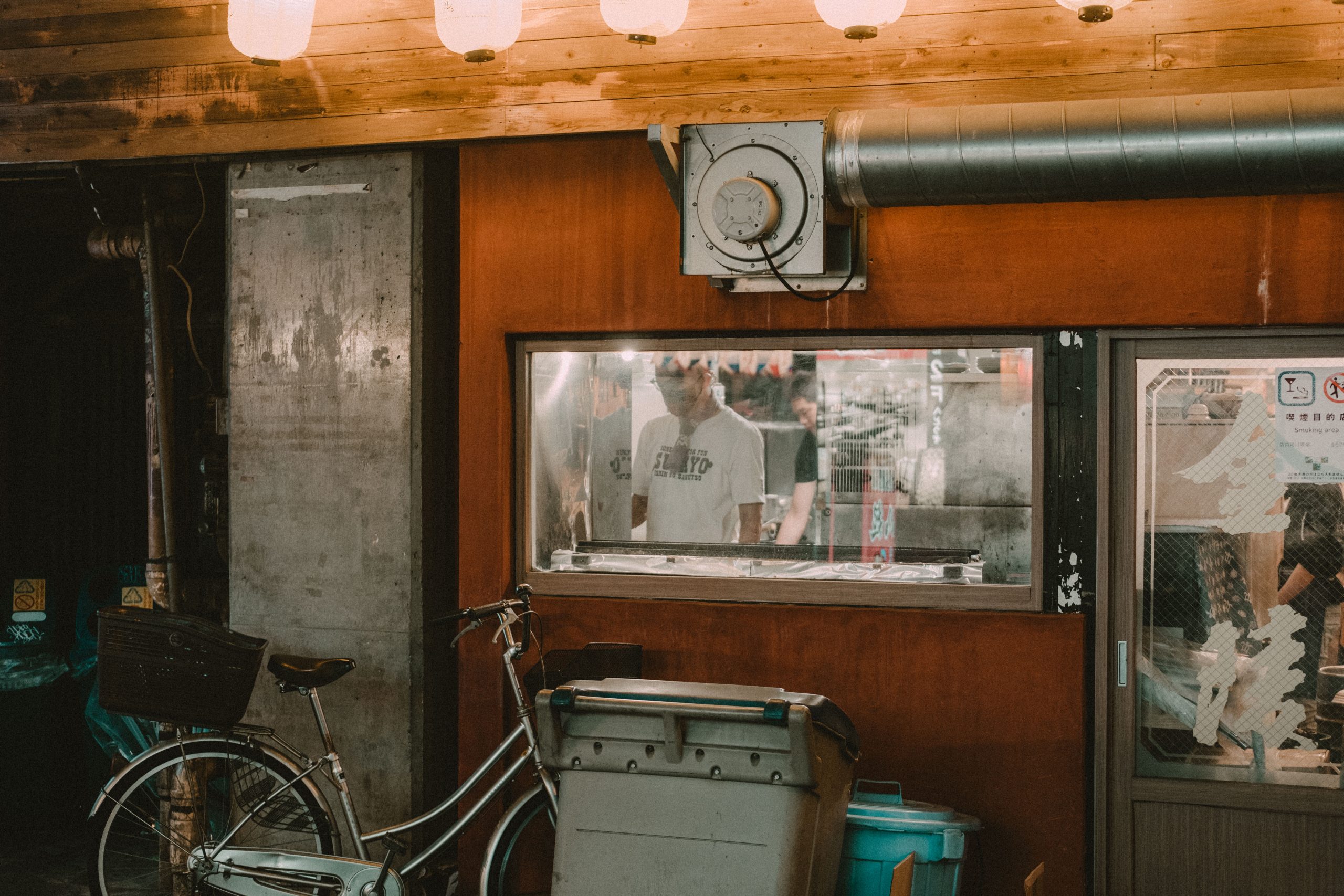
Ryu no Miyako Inshokugai Shinjuku Higashiguchi Yokocho is an exciting dining destination located near the East Exit of Shinjuku Station, one of Tokyo’s most popular tourist spots known for its buzzing nightlife, Golden Gai, Ni-chome LGBTQ+ district, and Omoide Yokocho food area.
This new yokocho food hall features 17 eateries across three floors and can accommodate up to 1,000 people. The exterior resembles the Dragon Palace from Japanese folklore, and the interior is equally eye-catching.
The first floor houses five restaurants, each representing a different cuisine, including Thai, Korean, Japanese, Chinese, and Italian. This floor is open 24/7, offering a diverse range of dishes to cater to all tastes. The two basement floors have 12 more restaurants serving Japanese comfort food like ramen, yakitori, tonkatsu, monjayaki, beef steak, and sashimi platters.
Address: 〒160-0022, Sugichu Building B1 & 1F, 3-36-12 Shinjuku, Shinjuku-ku, Tokyo
1 minute walk from JR/Tokyo Metro/Toei/Private Railway Shinjuku Station
Website
Tsukishima Monja Dori
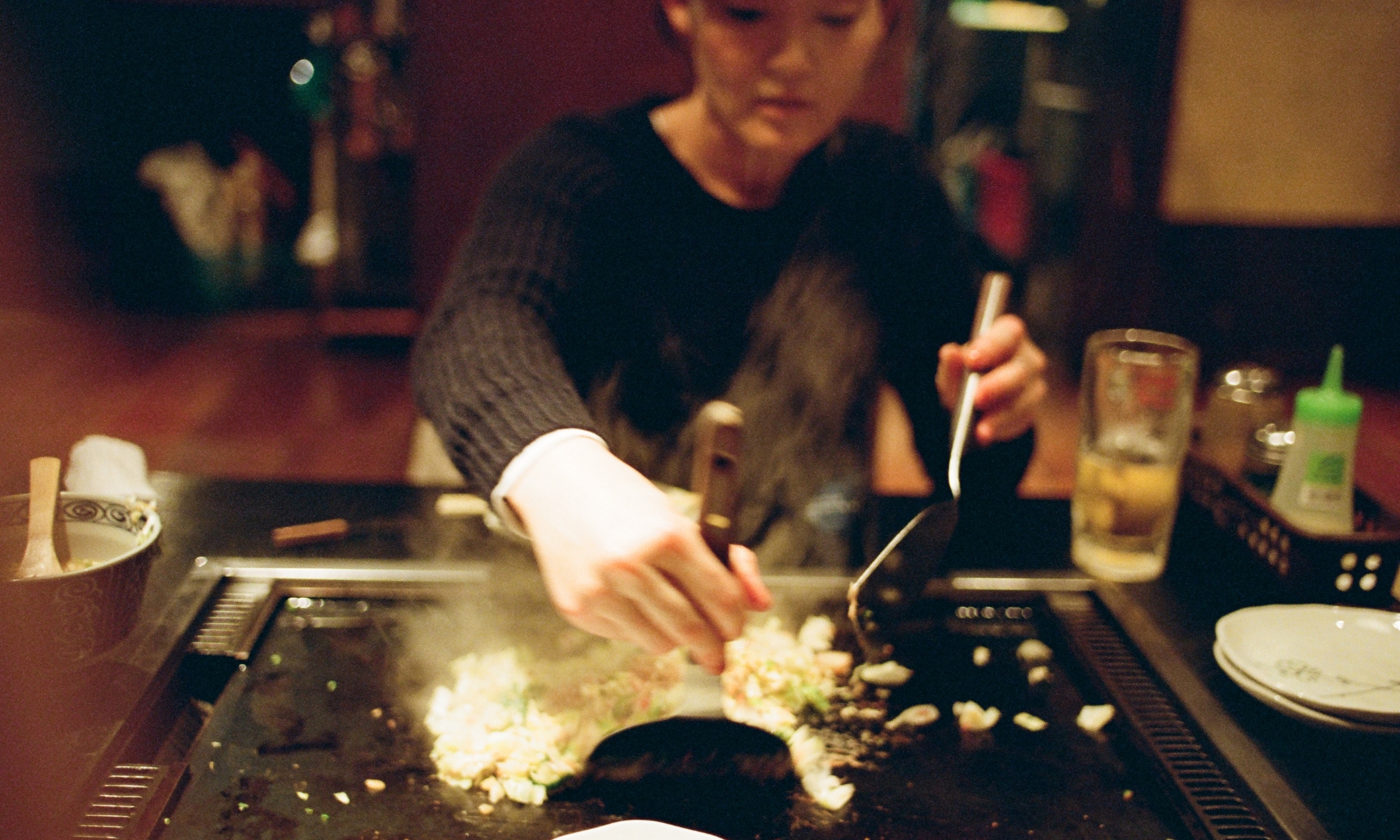
Tsukishima Monja Street is known as the Mecca of Monjayaki, a local dish similar to Okonomiyaki but with a runnier batter. Tsukishima is an artificial island on Tokyo Bay and along the Sumida River, featuring a quieter, more residential atmosphere compared to other tourist districts in the city.
Tsukishima Monja Street is home to more than 75 restaurants dedicated to Monjayaki, attracting both tourists and locals. The street is often crowded during lunch and dinner times. Don’t worry, if you don’t speak Japanese, there are plenty of English menus available here.
Address: 1 Chome-3-丁目 Tsukishima, Chuo City, Tokyo, Japan
Website
Suzunari Yokocho
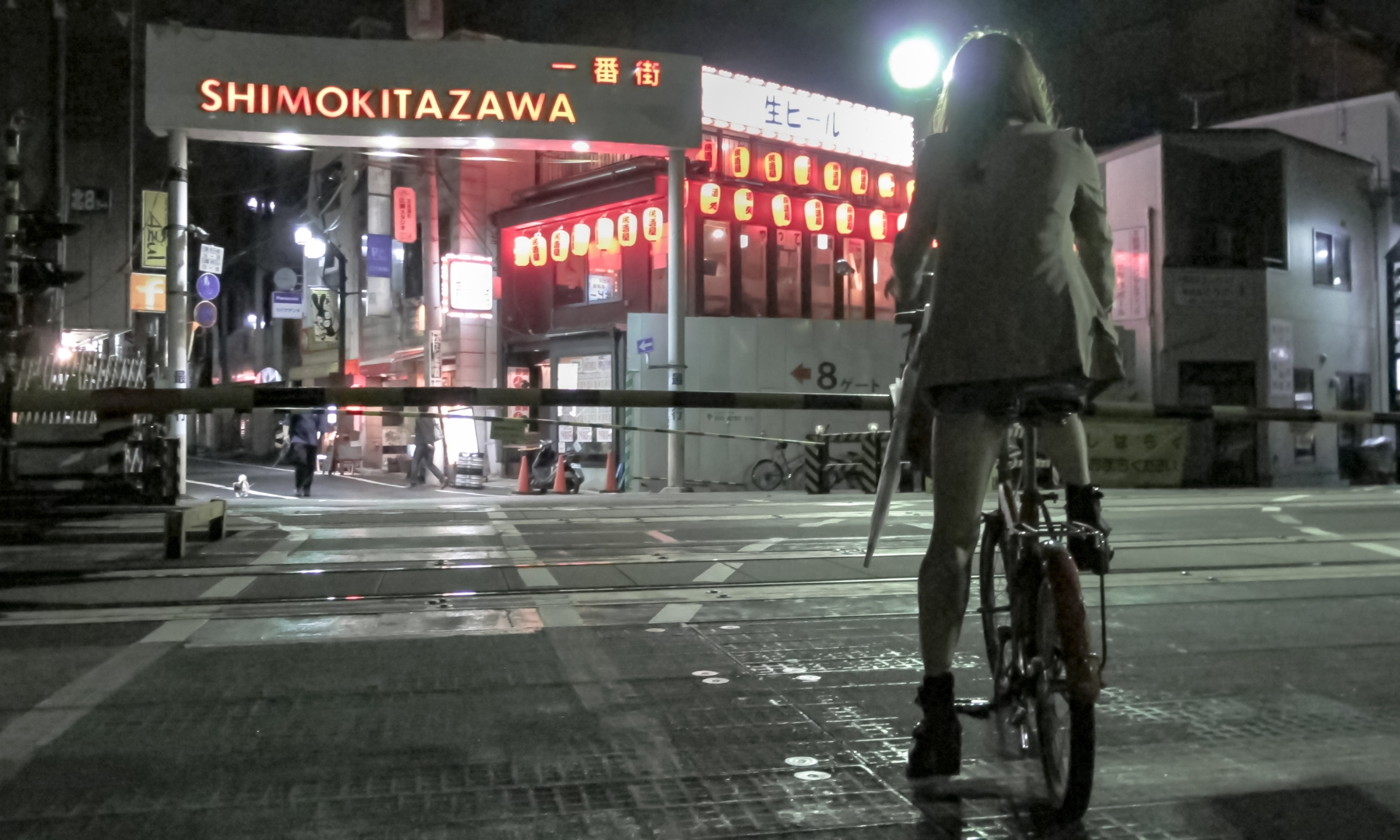
Suzunari Yokocho is part of Shimokitazawa, a neighborhood in Tokyo known for its hipster culture, vintage clothing shops, vinyl record stores, and retro atmosphere. Suzunari Yokocho is an alley that’s connected to two theaters: Theater 711 on the left and Suzunari on the right, which is the oldest theater of the Honda Gekijo troupe and a landmark in Shimokitazawa.
The alley, once dedicated to rehearsal rooms, is now home to around 10 small eateries and bars. Suzunari Yokocho maintains its Showa-era character, giving the area a nostalgic ambiance.
Address: 1 Chome-45-15 Kitazawa, Setagaya City, Tokyo 155-0031, Japan
Website
Frequently Asked Questions
What does Yokocho mean in Japanese?
Yokocho (横丁) is a Japanese term that translates to “alley” or “side street.” It typically refers to a narrow alley lined with small restaurants, bars, and izakayas (Japanese-style pubs). These charming and atmospheric side streets are usually tucked away from the main streets, and offer an authentic and intimate dining and drinking experience in Japan.
Yokochos are often filled with tiny establishments that can seat only a handful of customers at a time, fostering a cosy and friendly atmosphere. They may seem somewhat intimidating to foreigners, which is why I always recommend booking a yokocho tour as a first timer.
Yokochos are an essential part of Japanese culture and nightlife, offering a glimpse into the more traditional side of Japan. They are known for their nostalgic atmosphere, with many establishments preserving the architectural and design elements of the Showa era (1926–1989). Some of the most famous yokochos in Tokyo include Omoide Yokocho in Shinjuku, Nonbei Yokocho in Shibuya, and Golden Gai in Kabukicho.
Is Omoide Yokocho a narrow street in Tokyo?
Yes, Omoide Yokocho (思い出横丁) is a narrow street in Tokyo. It is located in the neon-lit Shinjuku district, near the west exit of Shinjuku Station. Omoide Yokocho, which translates to “Memory Lane” or “Piss Alley,” is a famous yokocho known for its narrow alleys filled with small izakayas, bars, and eateries. The area offers an authentic and intimate dining and drinking experience, often characterized by its nostalgic Showa-era atmosphere.
It is free to enter and explore Omoide Yokocho. There is no entry fee here. Generally, the prices are relatively affordable, with many small eateries and bars offering reasonably priced dishes and beverages. It is common to find yakitori (grilled skewered chicken) and other small dishes for just a few hundred yen. While Omoide Yokocho is one of the most popular yokocho in Tokyo, it can feel a little intimidating for newcomers. It’s a good idea to book a food tour with locals so you can really make the most out of your visit.
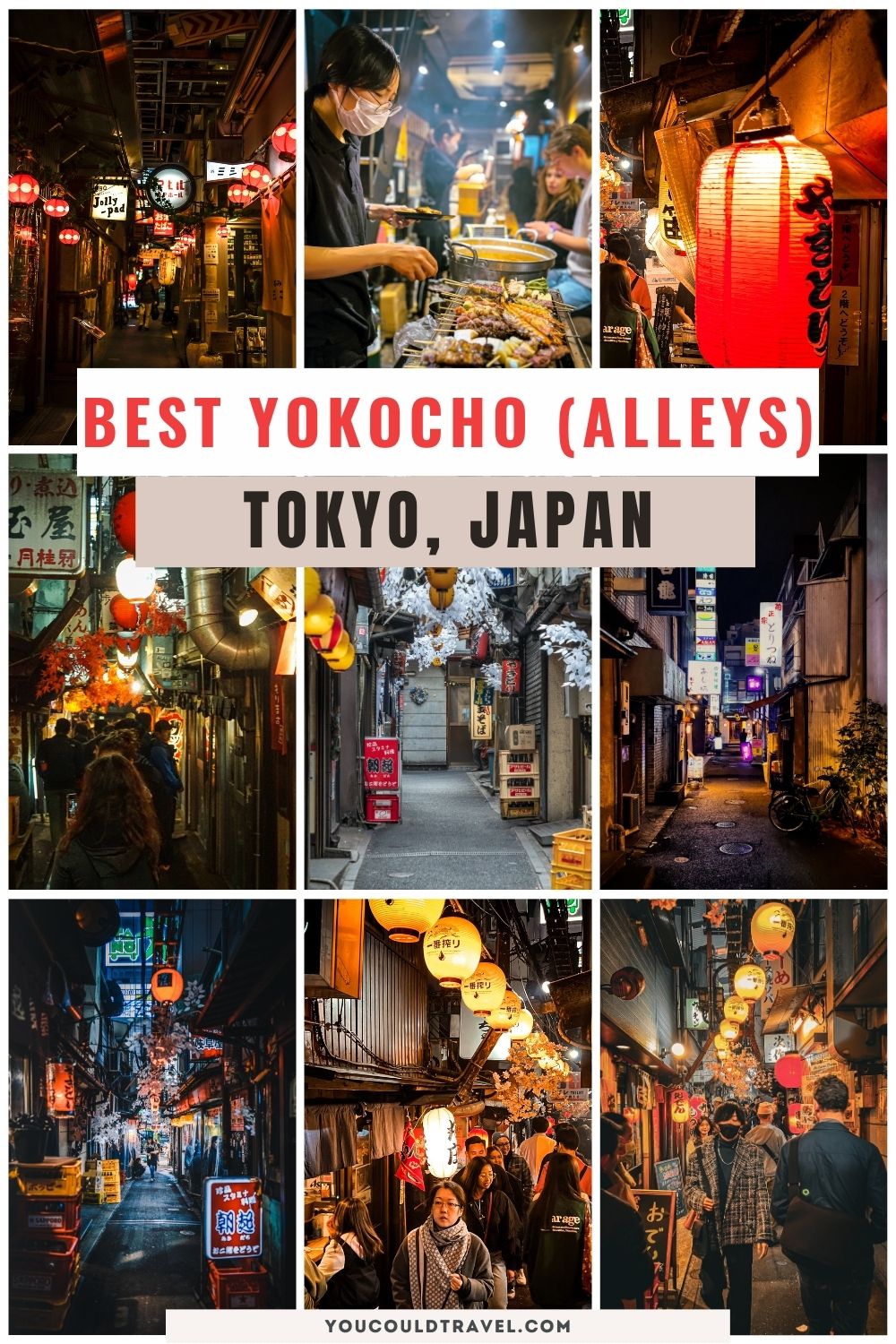
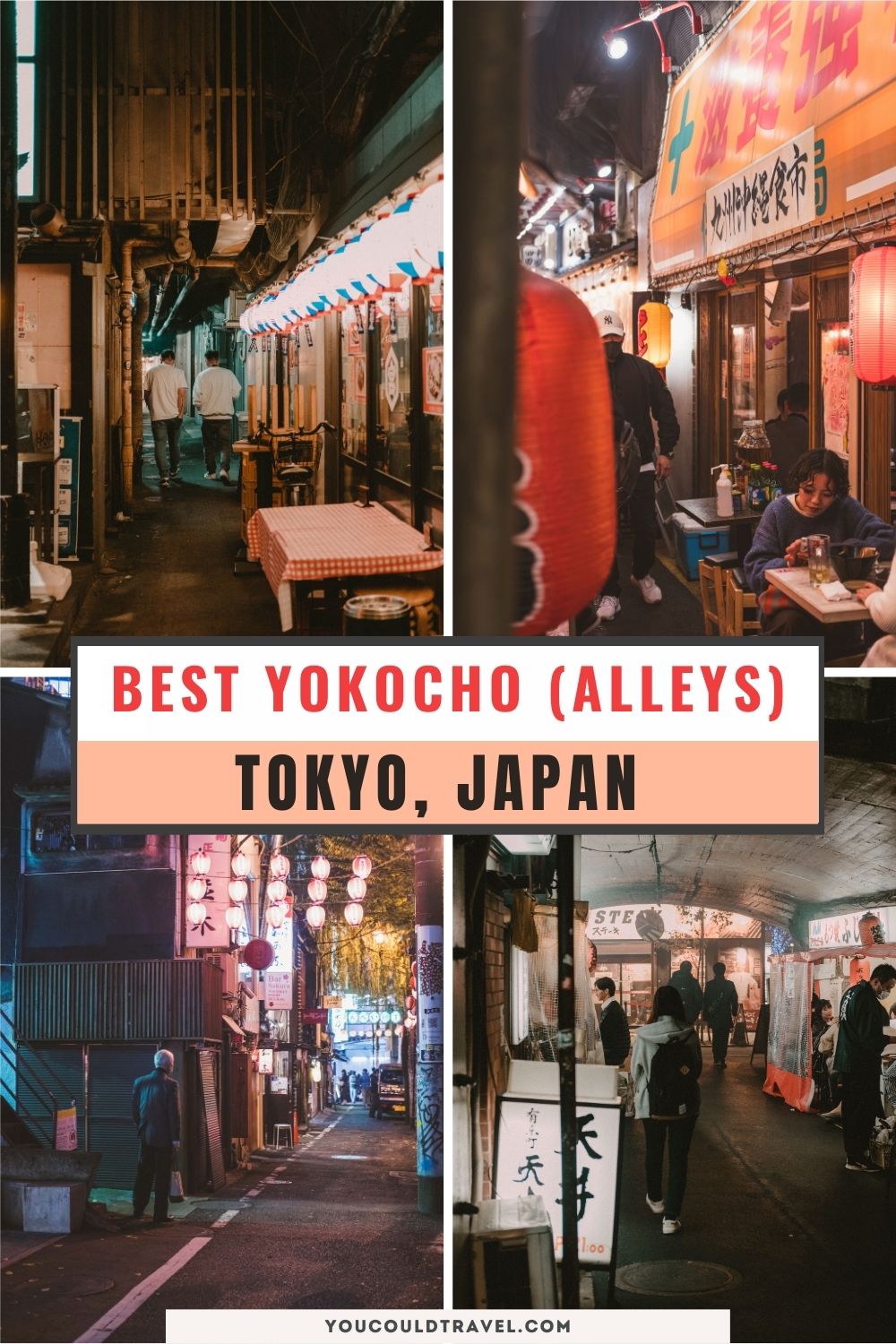
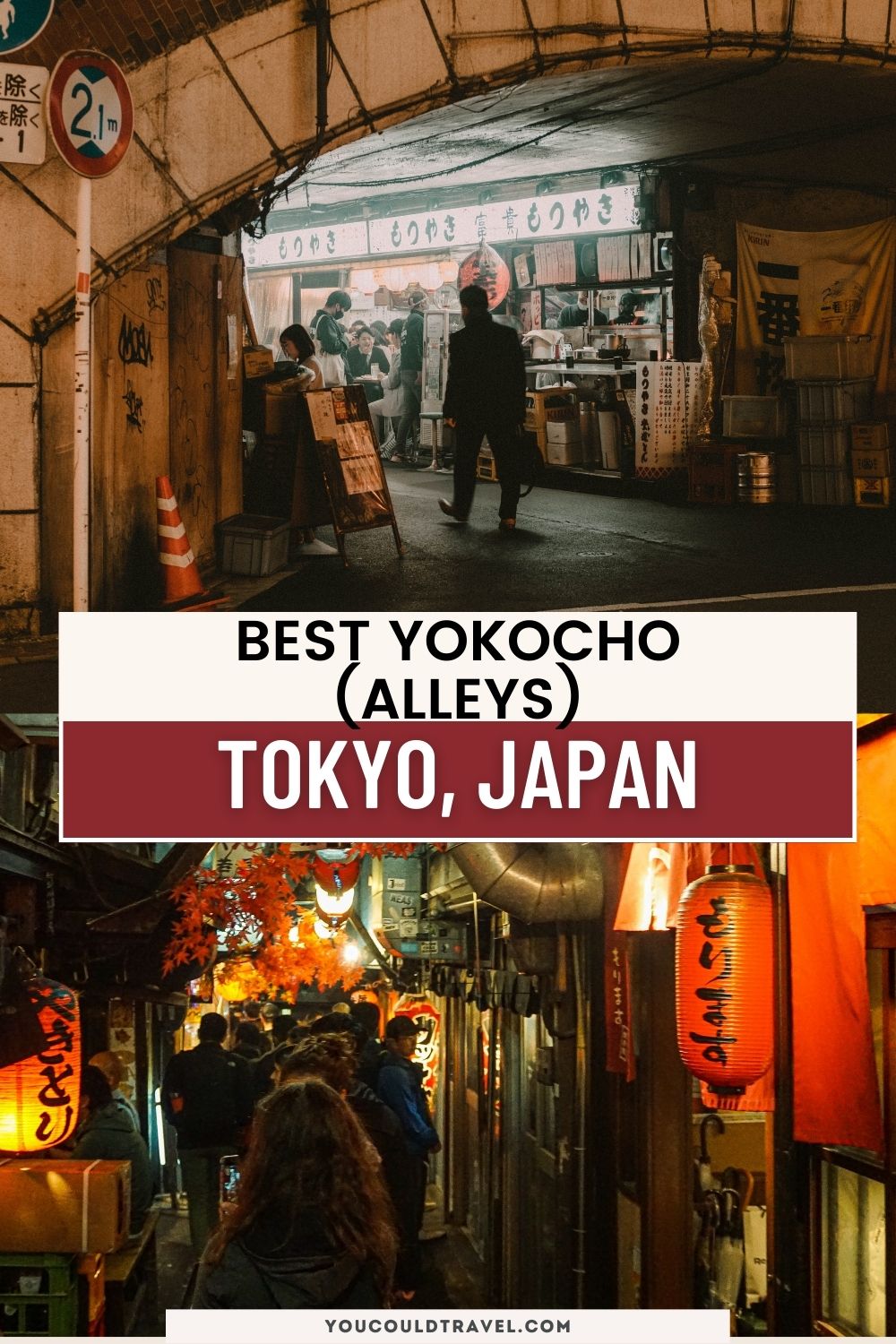
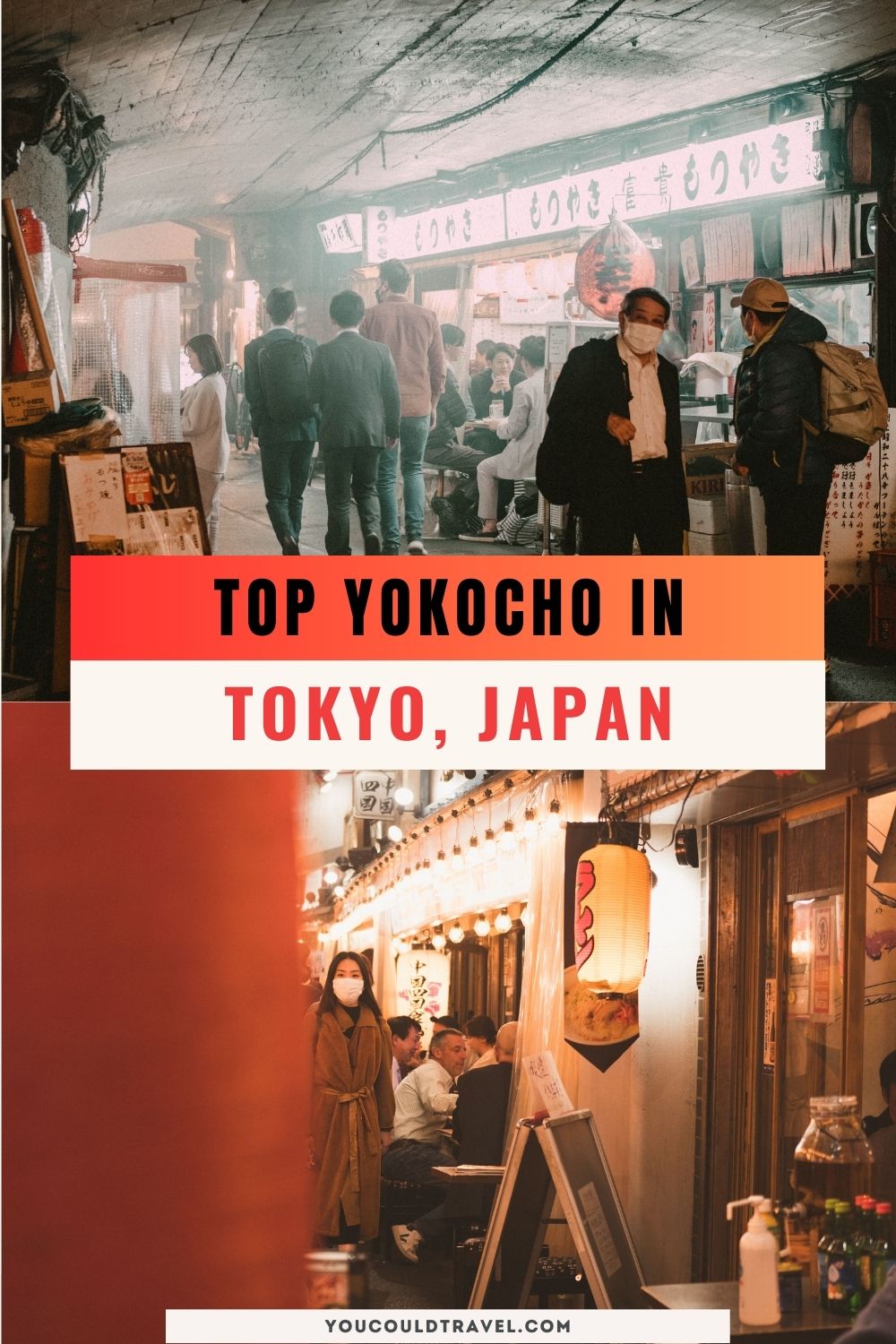

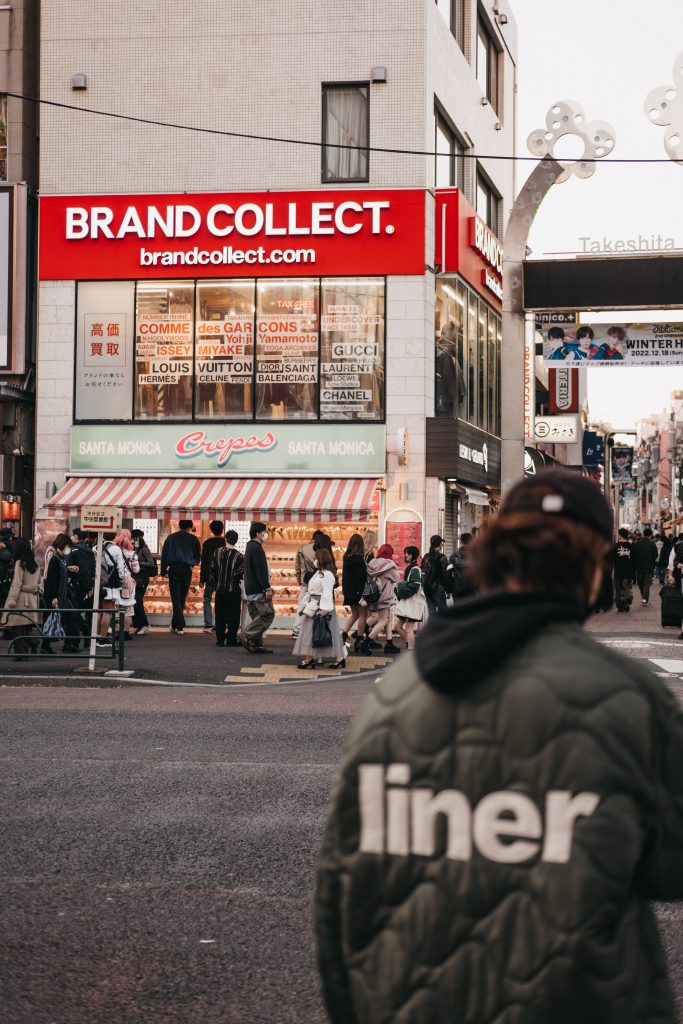
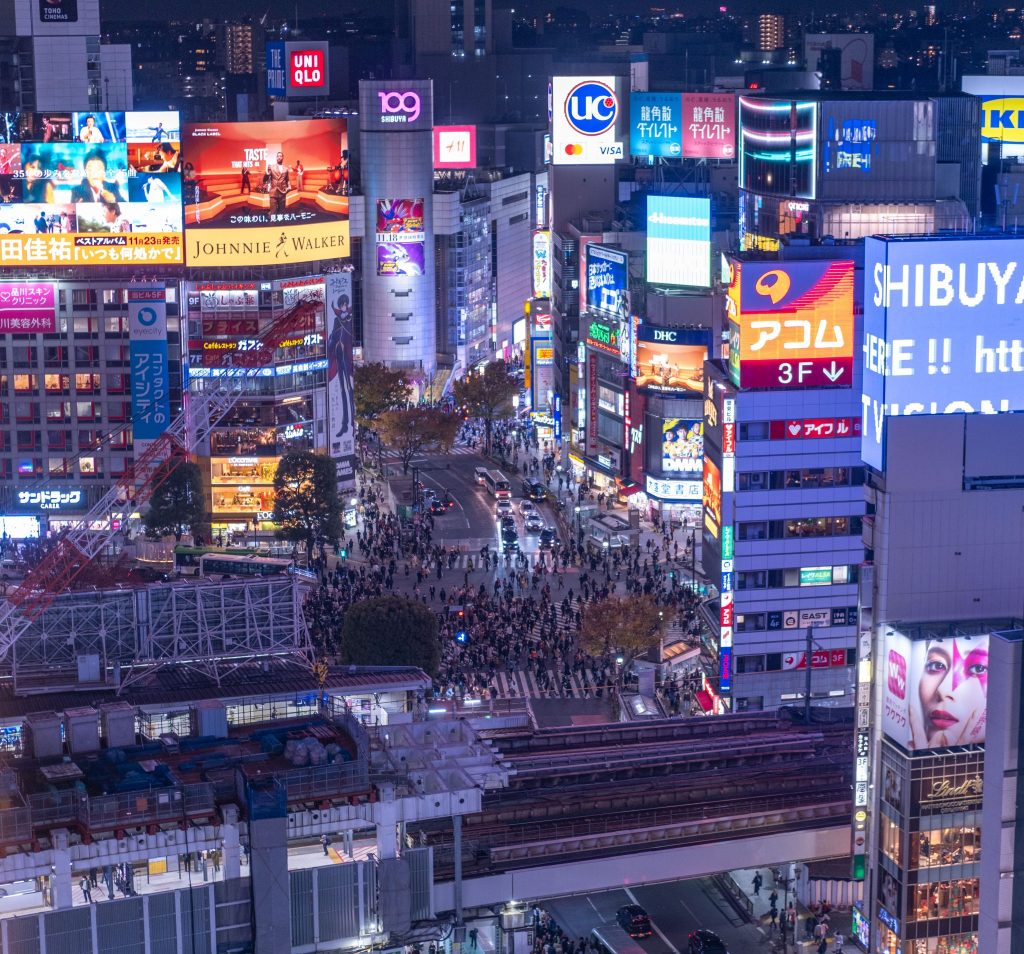
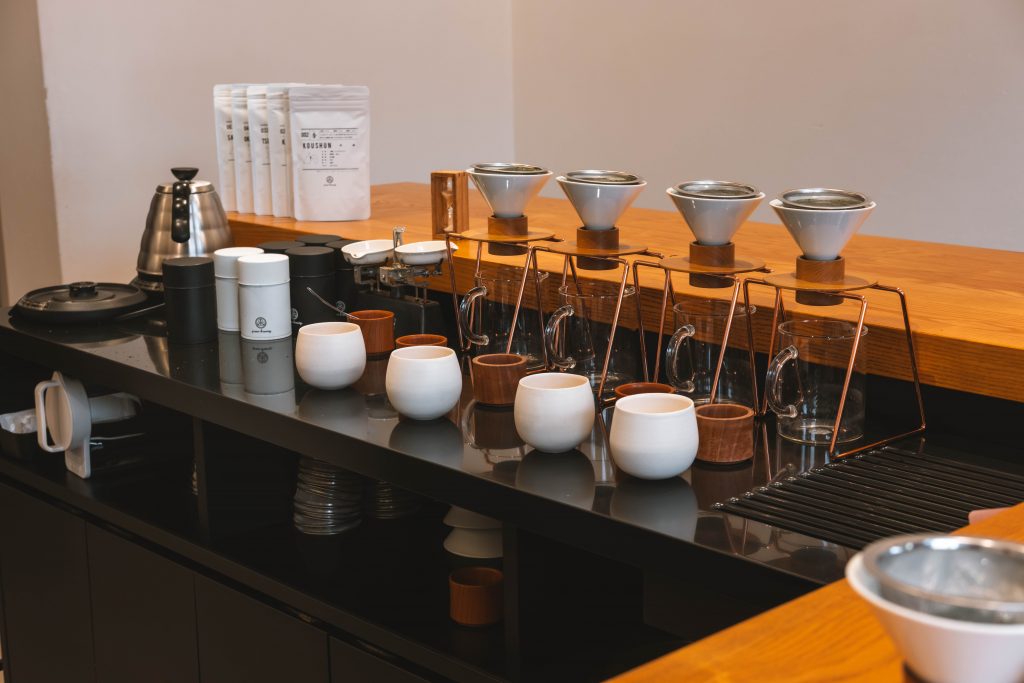
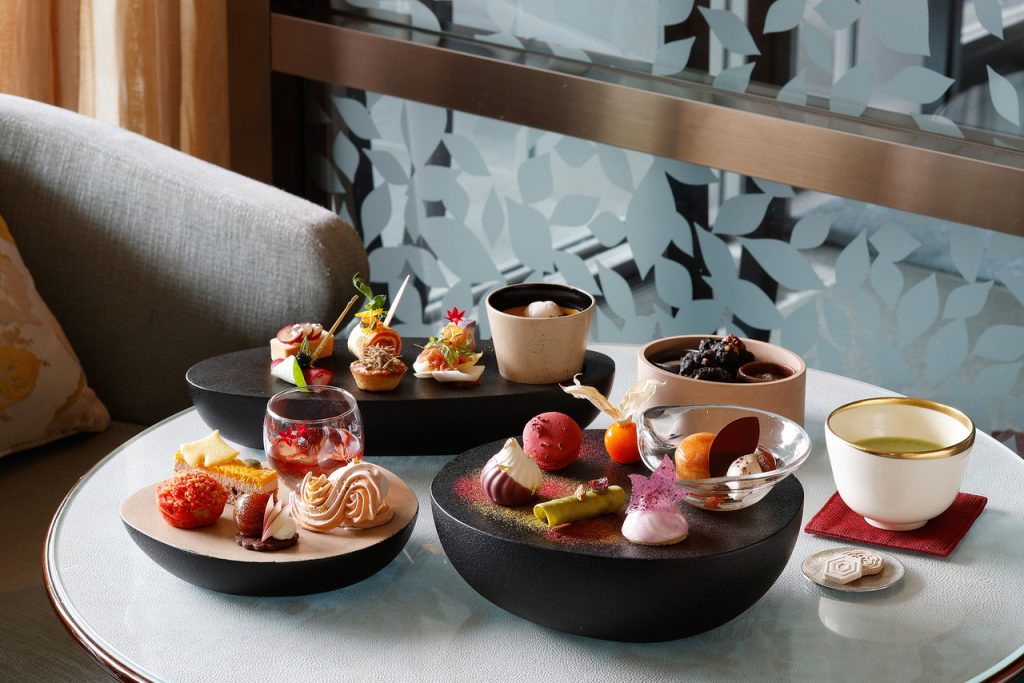
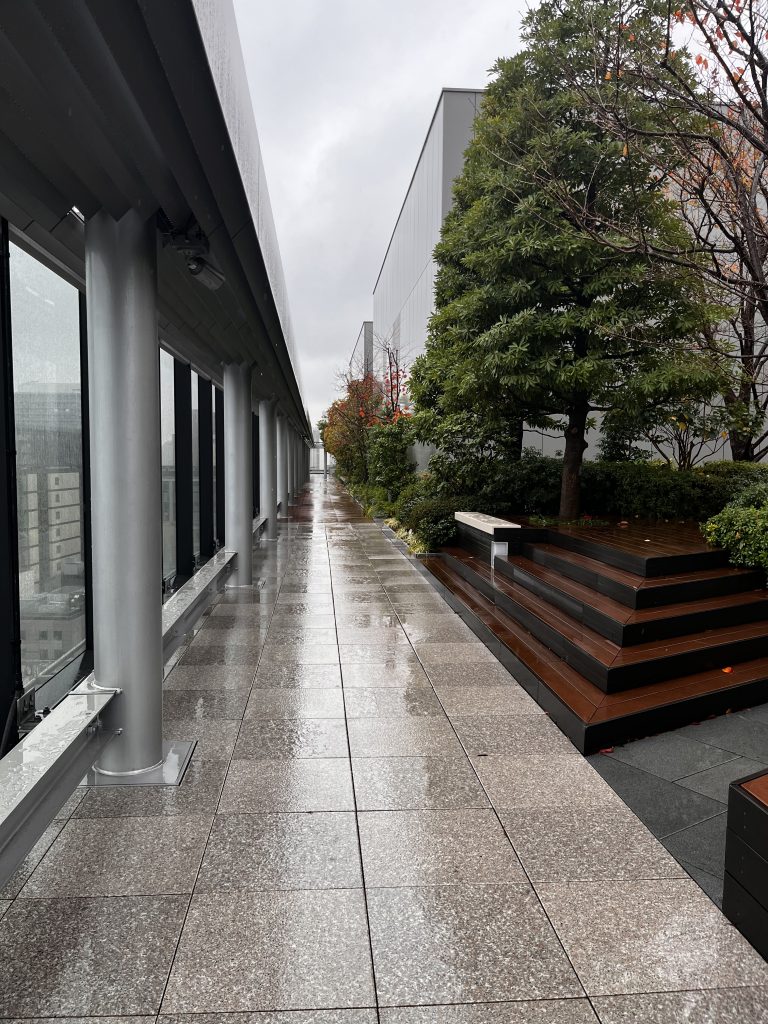
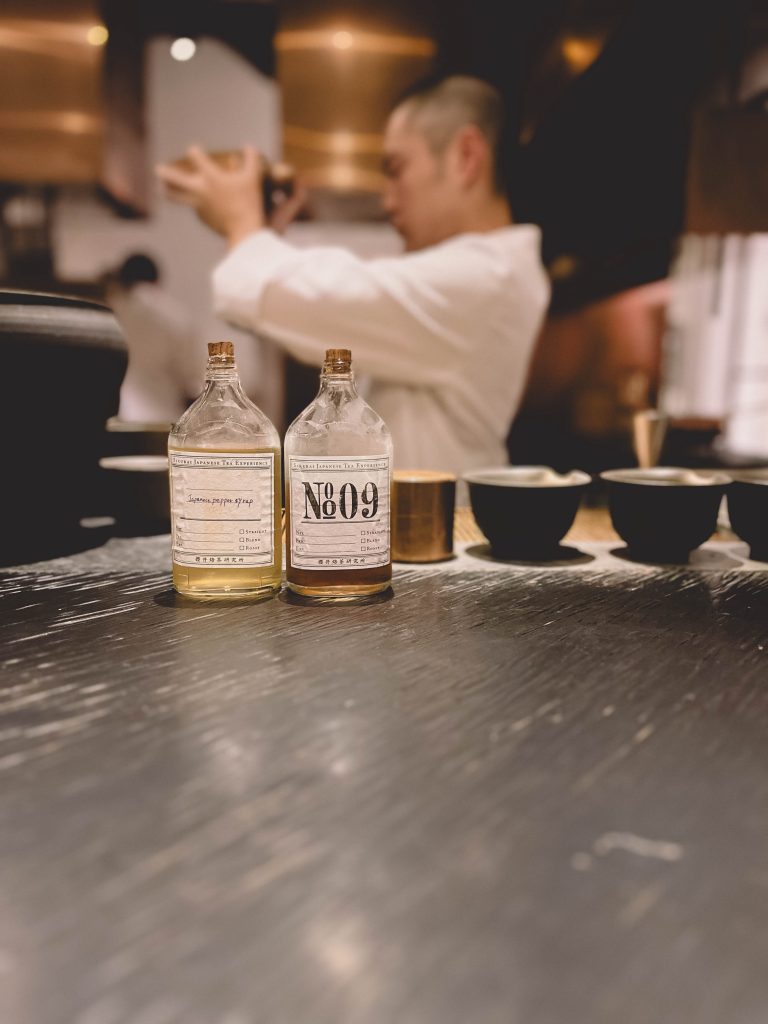


Leave a Reply